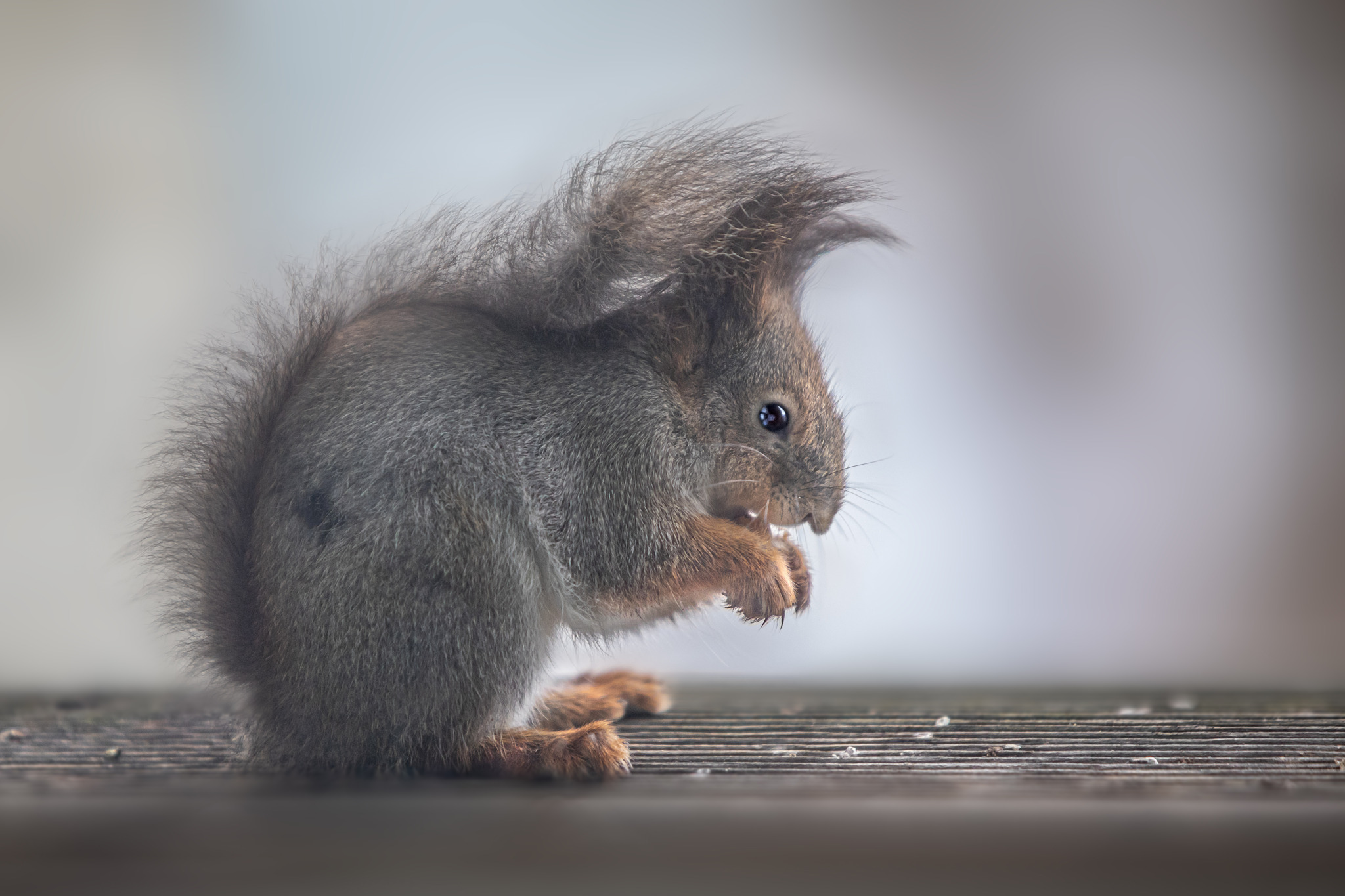

The Red Squirrel (Sciurus vulgaris) is a charming and iconic mammal known for its reddish-brown fur and bushy tail. Here are some key characteristics and information about this delightful creature:
- Appearance: Red Squirrels have a reddish-brown fur coat on their upper bodies, with creamy white or pale yellow underparts. They have distinctive ear tufts during the colder months, which are less prominent in summer. Their long, bushy tails are often held over their backs. They have large, dark eyes and prominent whiskers.
- Distribution: Red Squirrels are native to Eurasia, inhabiting a wide range of forested habitats, including coniferous, deciduous, and mixed forests. They are found across Europe, from Scandinavia to the Mediterranean, as well as in parts of Asia, including Siberia and Japan.
- Habitat: Red Squirrels are arboreal creatures, spending most of their time in trees. They prefer mature woodlands with a variety of tree species, providing ample food sources and nesting sites. They are also commonly found in parks, gardens, and urban green spaces.
- Diet: Red Squirrels are omnivores with a varied diet. They primarily feed on seeds, nuts, berries, fruits, and fungi, but they also consume insects, bird eggs, and small vertebrates. They are known to cache food for later consumption, burying nuts and seeds in the ground or hiding them in tree crevices.
- Behavior: Red Squirrels are agile climbers and spend much of their time in trees, moving quickly and gracefully among branches. They are territorial animals and may defend their territories aggressively against intruders, including other squirrels. They are most active during the early morning and late afternoon, resting during the hottest part of the day.
- Reproduction: Breeding season for Red Squirrels typically occurs from late winter to early spring. Females give birth to litters of 2 to 6 young, called kittens, after a gestation period of about 38 to 40 days. The kittens are born blind and hairless, and they remain in the nest for several weeks before venturing out on their own.
- Conservation: The Red Squirrel faces numerous threats, including habitat loss, competition with introduced species such as the Grey Squirrel, and diseases such as squirrelpox. In many parts of its range, the Red Squirrel has declined significantly, with the invasive Grey Squirrel outcompeting and displacing it. Conservation efforts focus on habitat restoration, controlling invasive species, and monitoring and managing disease outbreaks to protect remaining populations.
Overall, the Red Squirrel is a beloved and iconic species with a vital role in forest ecosystems. Efforts to conserve and protect this charming mammal are essential for maintaining biodiversity and healthy forest habitats.
Visited 297 times, 7 visit(s) today
Views: 818
Subscribe to the newsletter:
